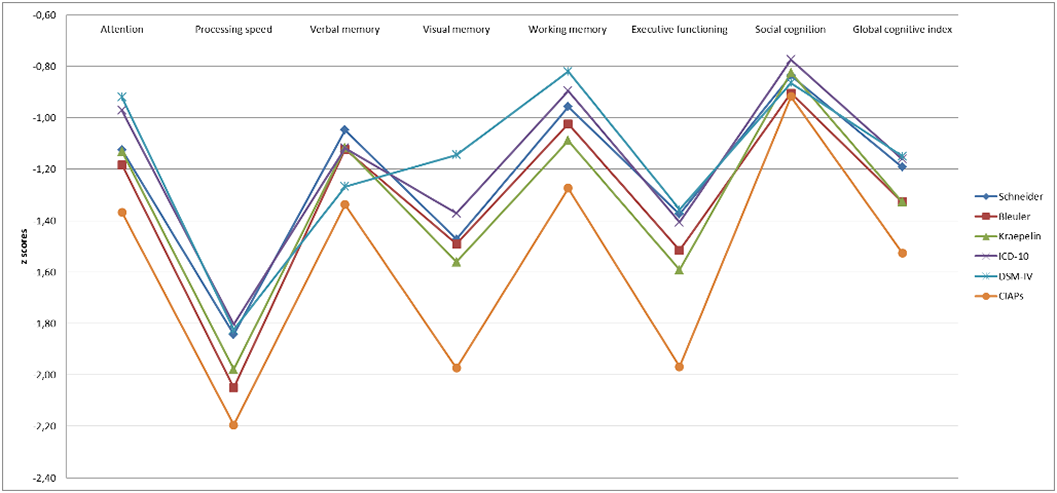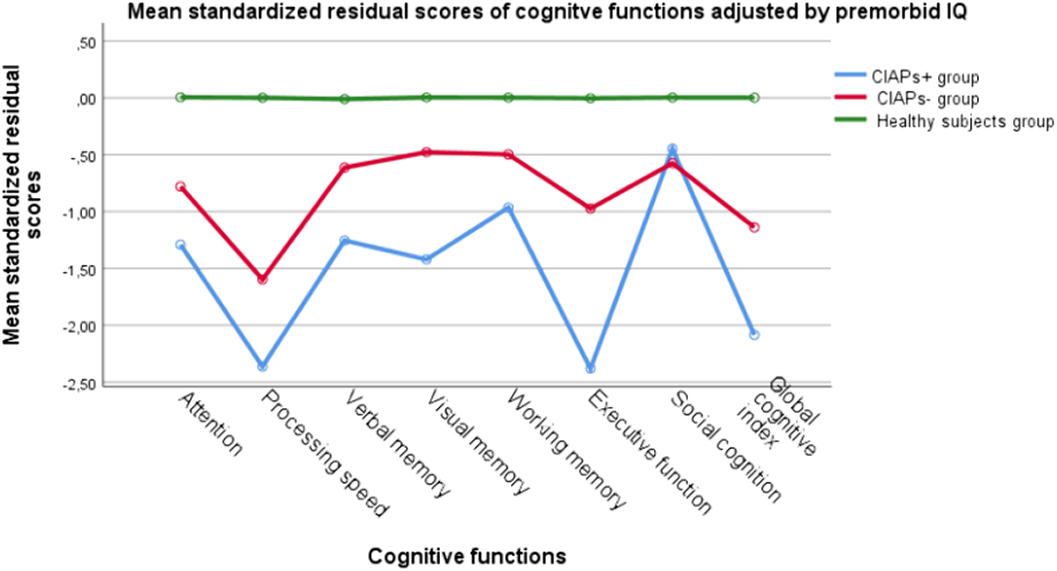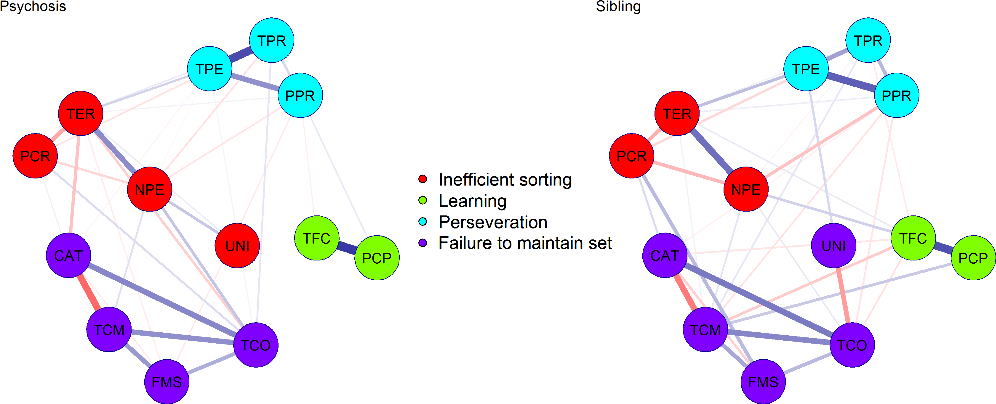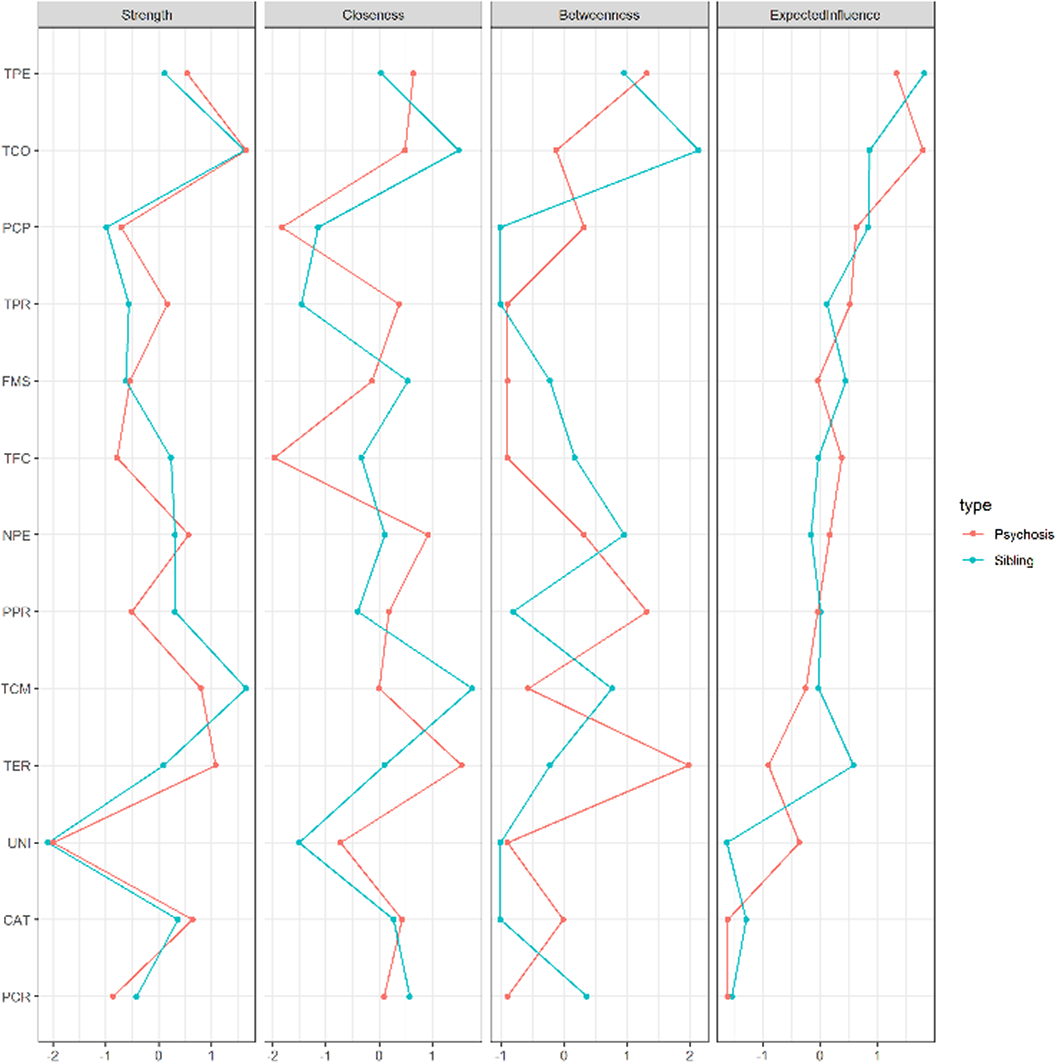123 results
Bipolar disorder, Deafness and Culturality in Psychiatric Home Hospitalization: A Clinical Case
-
- Journal:
- European Psychiatry / Volume 67 / Issue S1 / April 2024
- Published online by Cambridge University Press:
- 27 August 2024, p. S435
-
- Article
-
- You have access
- Open access
- Export citation
The effect of older age on outcomes of rTMS treatment for treatment-resistant depression
-
- Journal:
- International Psychogeriatrics , First View
- Published online by Cambridge University Press:
- 25 March 2024, pp. 1-6
-
- Article
-
- You have access
- Open access
- HTML
- Export citation
Off-label use of atypical antipsychotics- Where are we?
-
- Journal:
- European Psychiatry / Volume 66 / Issue S1 / March 2023
- Published online by Cambridge University Press:
- 19 July 2023, p. S305
-
- Article
-
- You have access
- Open access
- Export citation
Suicide among physicians: what do we know about it?
-
- Journal:
- European Psychiatry / Volume 66 / Issue S1 / March 2023
- Published online by Cambridge University Press:
- 19 July 2023, pp. S1115-S1116
-
- Article
-
- You have access
- Open access
- Export citation
Psychosis in Parkinson’s Disease: a Case Report of Diagnosis and Management
-
- Journal:
- European Psychiatry / Volume 66 / Issue S1 / March 2023
- Published online by Cambridge University Press:
- 19 July 2023, p. S1085
-
- Article
-
- You have access
- Open access
- Export citation
Role of migration in the development of a first episode of psychosis
-
- Journal:
- European Psychiatry / Volume 65 / Issue S1 / June 2022
- Published online by Cambridge University Press:
- 01 September 2022, p. S633
-
- Article
-
- You have access
- Open access
- Export citation
Changes in alcohol consumption in the Russian Federation during the first months of the COVID-19 pandemic
-
- Journal:
- European Psychiatry / Volume 65 / Issue S1 / June 2022
- Published online by Cambridge University Press:
- 01 September 2022, pp. S494-S495
-
- Article
-
- You have access
- Open access
- Export citation
Less basal thyrotropin levels predict antidepressant response in patients with major depression
-
- Journal:
- European Psychiatry / Volume 65 / Issue S1 / June 2022
- Published online by Cambridge University Press:
- 01 September 2022, pp. S257-S258
-
- Article
-
- You have access
- Open access
- Export citation
“Walking with myself by my side” - non-medical use of Ketamine
-
- Journal:
- European Psychiatry / Volume 65 / Issue S1 / June 2022
- Published online by Cambridge University Press:
- 01 September 2022, pp. S829-S830
-
- Article
-
- You have access
- Open access
- Export citation
Gyrokinetic analysis of an argon-seeded EDA H-mode in ASDEX Upgrade
-
- Journal:
- Journal of Plasma Physics / Volume 88 / Issue 3 / June 2022
- Published online by Cambridge University Press:
- 23 June 2022, 905880315
-
- Article
-
- You have access
- Open access
- HTML
- Export citation
Fibrations in semitoric and generalized complex geometry
- Part of
-
- Journal:
- Canadian Journal of Mathematics / Volume 75 / Issue 2 / April 2023
- Published online by Cambridge University Press:
- 29 March 2022, pp. 645-685
- Print publication:
- April 2023
-
- Article
-
- You have access
- Open access
- HTML
- Export citation
Communication skills training for medical residents: Enhancing a psychosocial approach of patient care
-
- Journal:
- Palliative & Supportive Care / Volume 21 / Issue 3 / June 2023
- Published online by Cambridge University Press:
- 08 March 2022, pp. 392-398
-
- Article
- Export citation
A polydiagnostic approach to cognitive deficits in schizophrenia
-
- Journal:
- European Psychiatry / Volume 64 / Issue S1 / April 2021
- Published online by Cambridge University Press:
- 13 August 2021, pp. S161-S162
-
- Article
-
- You have access
- Open access
- Export citation
Assessing a PSP (primary care support programme) from the point of view of the professionals involved: A joint-effort between primary care and psychiatric ward
-
- Journal:
- European Psychiatry / Volume 64 / Issue S1 / April 2021
- Published online by Cambridge University Press:
- 13 August 2021, p. S402
-
- Article
-
- You have access
- Open access
- Export citation
Empirical validation of the wcst network structure in patients
-
- Journal:
- European Psychiatry / Volume 64 / Issue S1 / April 2021
- Published online by Cambridge University Press:
- 13 August 2021, p. S519
-
- Article
-
- You have access
- Open access
- Export citation
Cognitive impairment associated with psychosis (CIAPS): Validity of clinical criteria to detect cognitive impairment
-
- Journal:
- European Psychiatry / Volume 64 / Issue S1 / April 2021
- Published online by Cambridge University Press:
- 13 August 2021, pp. S519-S520
-
- Article
-
- You have access
- Open access
- Export citation
A network analysis of executive deficits in patients with psychosis and their healthy siblings
-
- Journal:
- European Psychiatry / Volume 64 / Issue S1 / April 2021
- Published online by Cambridge University Press:
- 13 August 2021, pp. S518-S519
-
- Article
-
- You have access
- Open access
- Export citation
Chapter 2 - Mating Strategies
- from Part I - Systematics, Ecology, and Behavior
-
-
- Book:
- Bears of the World
- Published online:
- 16 November 2020
- Print publication:
- 26 November 2020, pp 21-35
-
- Chapter
- Export citation
Brain functional correlates of formal thought disorder in schizophrenia: examining the frontal/dysexecutive hypothesis
-
- Journal:
- Psychological Medicine / Volume 51 / Issue 14 / October 2021
- Published online by Cambridge University Press:
- 27 April 2020, pp. 2446-2453
-
- Article
- Export citation
PW01-141 - Brain Dysfunction In Schizomanic Patients Versus Healthy Controls: A Fmri Study
-
- Journal:
- European Psychiatry / Volume 25 / Issue S1 / 2010
- Published online by Cambridge University Press:
- 17 April 2020, 25-E1540
-
- Article
-
- You have access
- Export citation







